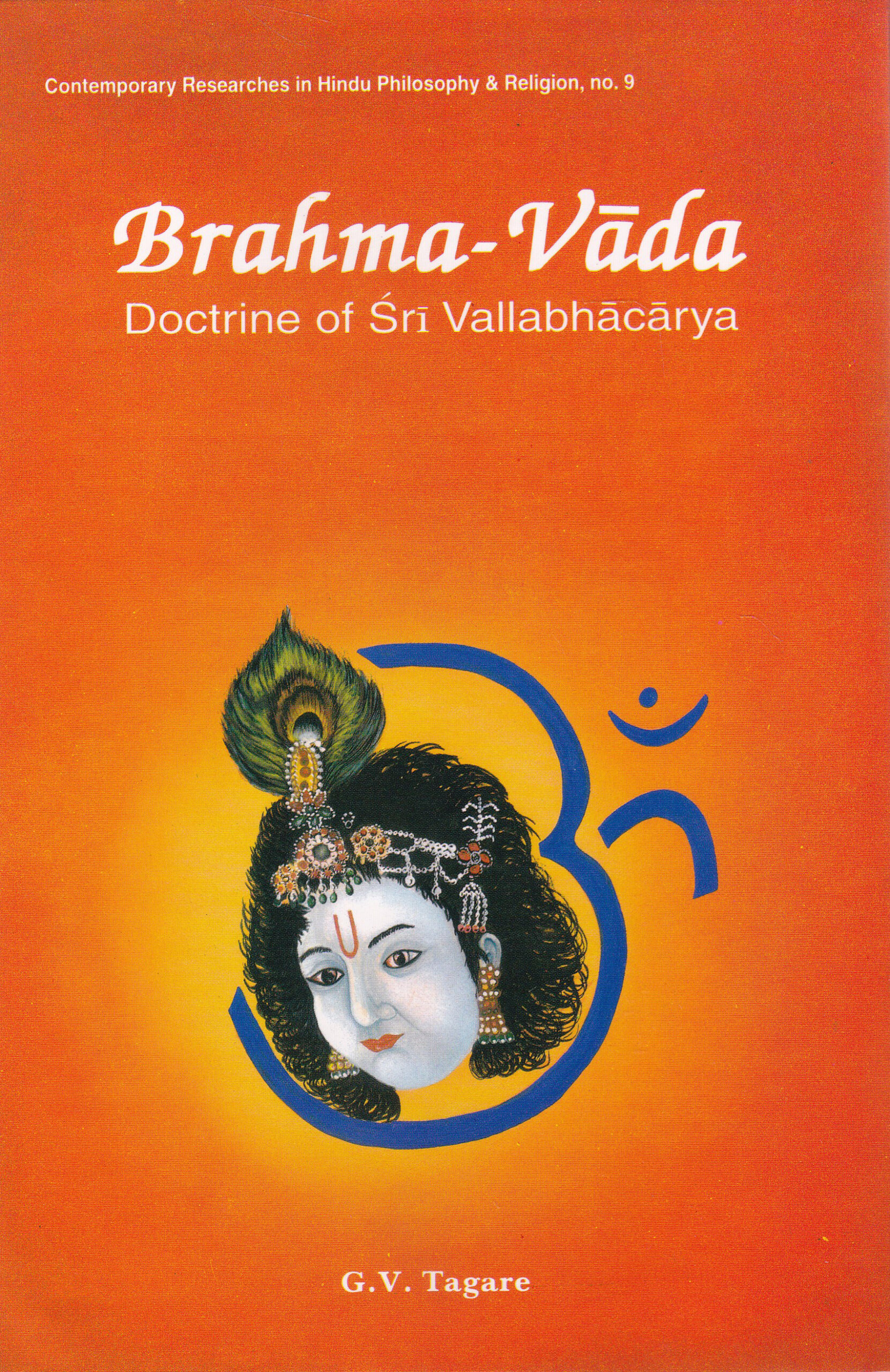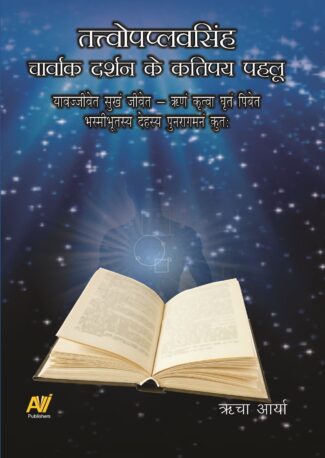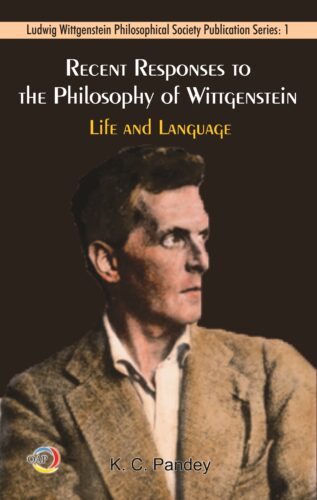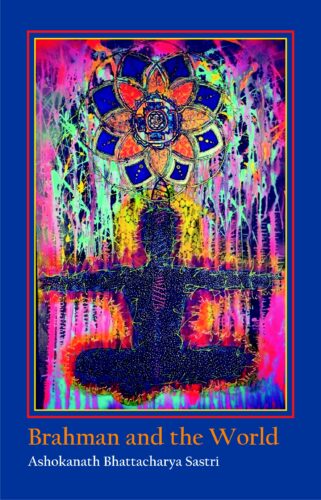

Brahma-Vada...
Brahma-Vada
Doctrine of Sri Vallabhacarya by: G.V. TagareHighlighting the tenets of Sri Vallabhas Brahma-Vada, the book spells out his views of Ultimate Reality (Brahman/Krsna), Individual Soul (Jivatman) and the Phenomenal World (Jagat) and his concepts of Aksara Brahman and Pusti Bhakti.
Original price was: ₹480.00.₹432.00Current price is: ₹432.00.
ISBN: 9788124601129
Year Of Publication: 1998
Edition: 1st
Pages : xiii, 119
Bibliographic Details : Appendices; Bibliography; Glossary of Sanskrit Terms; Indices
Language : English
Binding : Hardcover
Publisher: D.K. Printworld Pvt. Ltd.
Size: 23 cm.
Weight: 400
Stirred on, perhaps mystified, by Natures grand design, the Vedic seers pondered upon the nature of Ultimate Reality: Brahman, and how it is related to Man and the World. Over the time, these early reflections turned into profound, intricately metaphysical discussions, even polemics. And the dialogue continued vigorously in the post-Upanishadic period leading to the emergence of many spiritual-metaphysical schools of thought, represented notably by Gaudapadas Ajata-Vada, Shankaras Advaita (Kevaladvaita), Bhskaras Bhedabheda-Vada, Ramanujas Vishishtadvaita, Madhvas Dvaita, and Shripati Pandits Dvaitadvaita (also called Shakti Vishishtadvaita). Dr. Tagare here tries to locate Shri Vallabhacaryas worldview in this centuries-long discourse on Brahman. A highly erudite, Telugu brahmin, the great Acarya Shri Vallabha: 1478(?) – 1530 ad, was not only involved in the metaphysical niceties of the Brahman-related dialogue, but also came to develop his own doctrine, called Shuddhadvaita which, literally meaningpure advaita, views Brahman as pure (shuddha) Karya-Karana- Rupa: the cause and effect (of the universe), without the least mix of maya. Highlighting the tenets of his Brahma-Vada, the book spells out Shri Vallabhas views of Ultimate Reality (Brahman/Krishna), Individual Soul (Jivatman), and the Phenomenal World (Jagat), together with his concepts of Akshara Brahman and Pushti Bhakti. The author charts the historical development of Brahman-Vada, underscoring therein the uniqueness of Shri Vallabhas position. And also the relevance of his message of Bhakti-Karma-Samuccaya to the distraught, tension-ridden world of ours.
Foreword
Preface
Abbreviations
Introduction
Condition of Hindus Under Islam
1. Vallabhacarya : A Life-Sketch
Pilgrimages of Vallabhacarya
2. Evolution of Indian Philosophical Thought (From the Vedas to the Brahmna Sutra)
Shruti: The Basis Of All-isms
Prasthanas
Upanishads — The Bhagavad Gita — The Brahma Sutra
3. Pre-Brahma Sutra Teachers
Contents of the BrSu
Pre-Brahma Sutra Teachers
Ashmarathya — Atreya — Audulomi — Badarayana — Badari — Jaimini — Karshnajini
4. Pre-Vallabha Vedanta Thought
Gaudapada
Shankara
The Ultimate Reality — The Individual Soul — The Phenomenal World
Vallabacaryas View
Bhaskara (ad 1000)
Ramanuja (ad1017-1127)
Madhva (ad 1238)
Shrikantha (circa ad 1300)
Shripati Pandit (ad 1500?)
Moksha
5. The Concept of the Deity
Pramanas (Valid Means of Knowledge)
Number of Pramanas
Vallabhacaryas Views
Gradation of Pramanas
Prameya: The Brahman: Krishna
The Concept of The Brahman
Impartiality of God
The Doctrine of Grace
The Doctrine of Avatara
6. The Concept of Akshara Brahman
Epithets of the Akshara Brahman
Concept of the Akshara Brahman
Difference with other Vaishnava Schools
7. The Individual Soul (Jivatman)
Vallabhas Concept of the Soul
The Attributes of the Soul
The Size of the Soul (BrSu, 2.3.19-32)
The Soul as an Agent (Karta) (BrSu, 1.3.40)
Jivas Dependence on the Brahman
The Relation between the Individual Soul and the Brahman
Souls: Eternal, Uncreated — Attributes of the Soul(s) — Relations between the Jiva and the Brahman
8. The Jagat (World)
The Brahman: The Material Cause of Jagat
Conclusion
To Sum Up
9. Epilogue
Appendix I: Pushti Bhakti
Appendix II: Verses Attributed to Vishnusvamin
Bibliography
Glossary of Sanskrit Terms
Subject Index
General Index









